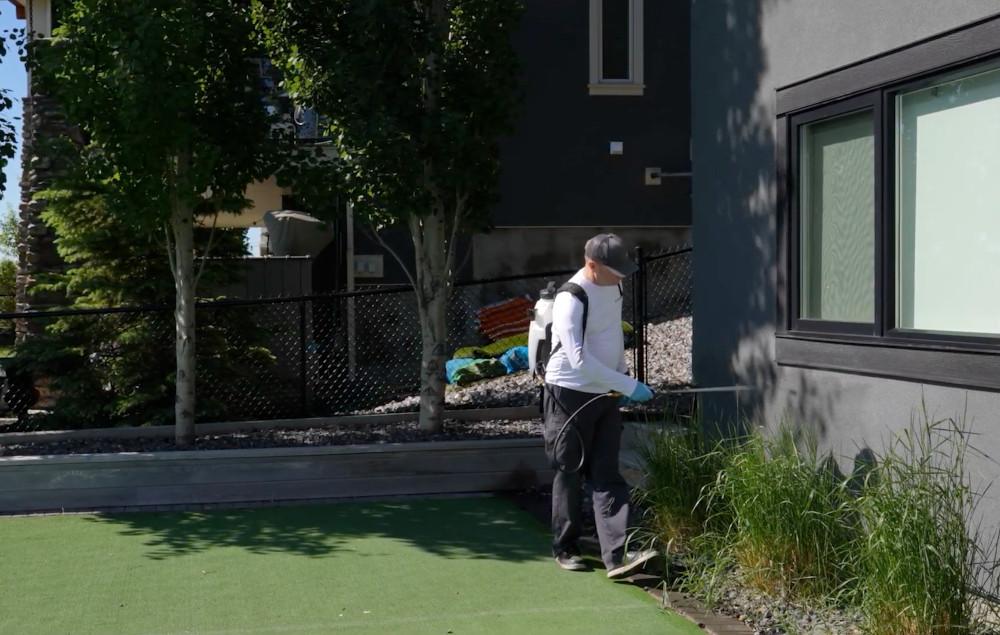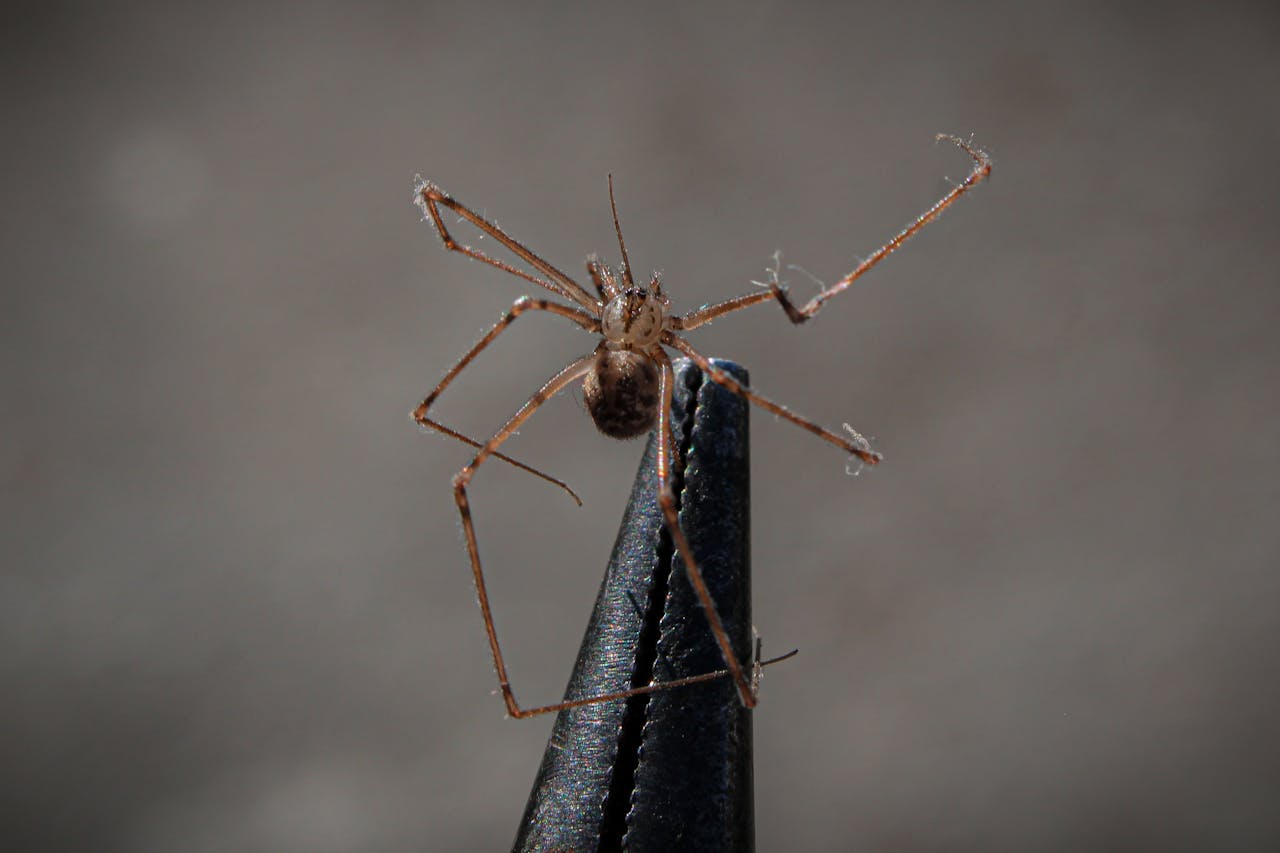House Spider
House spider is a common household pest that can be a nuisance despite being generally harmless.

House spider is a common household pest that can be a nuisance despite being generally harmless.

Safe for the whole family
Over 10,000 pest-free homes
Year-round protection and availability
The house spider typically has a small, oval body with long, slender legs, and range in color from light brown to gray with darker markings.

Locale On Property
American house spider webs are often found in corners of ceilings, closets, attics and basements. They can be especially prevalent in the fall as they move inside to find a safe place to overwinter in.
Description
Common house spiders are typically brown or grey in colour, with darker chevron markings along their bodies.
Concerns
Typically, spiders do not cause significant damage to homes. However, they certainly can make a mess. They also may worsen cracks and rotten areas that they use to get in and out of the house.
At Avayda, we know that you want a pest free home, regardless of the time of year. In order to do that, you need the right team and products to help remove invaders and keep them out for good. The problem is you’ve tried to solve it yourself, or you don’t have the time, and they keep coming back. Ultimately, you’re afraid they’ll never go away.
Everyone deserves a pest-free home. And we understand that your home has to be safe for you and your family. Free from any kind of insect, pest, or unwanted guest. We’ve helped create pest-free homes for 10,000+ customers, and we’re ready to help. We offer year-round pest services with safe products for the whole family and a guarantee that they’ll be out of your house for good.

House spiders are one of the most common insects homeowners encounter. While they’re generally harmless, their presence can still be unsettling — especially when they pop up in corners, closets, or even the shower. Fortunately, with a bit of knowledge and the right prevention techniques, you can keep these eight-legged visitors in check.
The term “house spider” refers to several spider species that commonly live indoors, including the Common House Spider (Parasteatoda tepidariorum) and various funnel-web and cellar spiders. They typically build webs in quiet, undisturbed areas and feed on other insects like flies, mosquitoes, and ants — making them a natural form of pest control.
Despite their benefits, many people prefer not to share their living space with them. Understanding their habits and how to prevent them from settling in your home is key to effective spider control.

If you’re dealing with house spiders, it’s important to approach the issue with a focus on both removal and long-term prevention. Here are some proven methods for house spider control:
Spiders love hiding in cluttered areas, especially in basements, attics, garages, and under furniture. Regular cleaning — including vacuuming corners, ceilings, and behind furniture — will remove webs and discourage new ones from being built.
One of the best ways to get rid of spiders is to reduce their food supply. If you have flies, moths, or ants in your home, spiders will view it as an ideal hunting ground. Addressing any existing insect problems is a key part of effective spider control.
Inspect your home’s windows, doors, vents, and foundation for cracks and gaps. Use caulk, weather stripping, or mesh screens to block spider access points.
Essential oils such as peppermint, tea tree, and eucalyptus are known to repel spiders. Mix with water and spray around baseboards, window sills, and entry points for a natural deterrent.
If spiders are a recurring problem or you’re dealing with other pest infestations that attract them, it may be time to contact a professional pest control company. Experts can assess your home, apply safe and effective treatments, and offer long-term prevention plans.
Most house spiders are harmless and prefer to avoid humans. They rarely bite, and when they do, their bites are usually no more severe than a mild insect sting. However, it’s always wise to identify the spider, especially if someone experiences a strong reaction to a bite. If you’re unsure, consult a professional for identification and removal.
While a spider or two is typically not cause for alarm, a consistent presence may signal a larger issue, either with spider breeding or with other insects they feed on.
House spiders may be a fact of life in many homes, but that doesn’t mean you have to live with them. By keeping your home clean, reducing insect prey, sealing entry points, and using safe repellents, you can significantly reduce spider activity indoors.
For complete peace of mind, especially if the problem persists, Avayda Pest Control offers expert spider control services tailored to your home. Contact us today for a consultation and reclaim your space from unwanted pests.